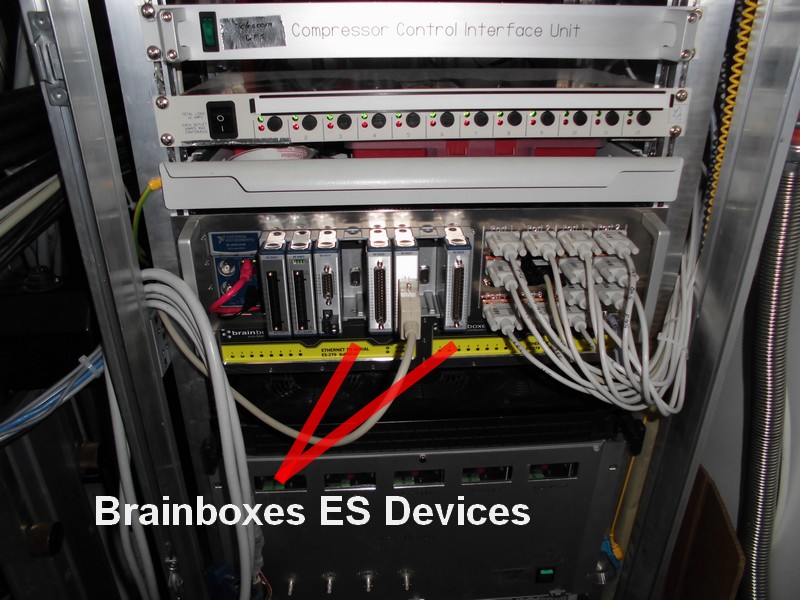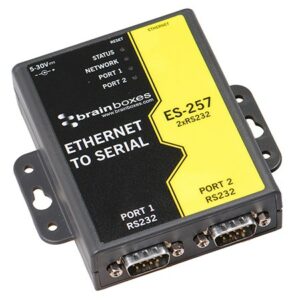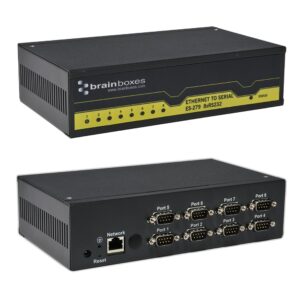The Atacama Pathfinder Experiment (APEX), a collaboration between Max Planck Institute for Radio Astronomy, Onsala Space, and the European Organisation for Astronomical Research, is a radio telescope situated over 5,000 meters above sea level in northern Chile’s Atacama Desert. The location of the astronomical observatory is both remote and rugged; the desert providing the perfect environment for astronomy, less so for the astronomers who analyse the findings.
The APEX telescope is designed to work at sub-millimetre wavelengths (at the range between infrared light and radio waves.) This window into our Milky Way and the cold dust and gas beyond aids the study of the formation of stars, planets, and even the distant galaxies in the early Universe. APEX has provided unprecedented access to the ‘cold universe’ with high precision, sensitivity and image quality never before achieved.

As water vapour absorbs submillimetre radiation, the optimum observing site is dry with stable weather, and is a significant distance from urban population centres. The high-altitude location and extremely arid conditions of the ‘Llano de Chajnantor’ plateau where APEX is situated, whilst inhospitable for humans, provides the perfect environment for millimetre, submillimetre, and mid-infrared astronomy. As APEX and its instrumentation are at the service of researchers around the world; each component and device onboard must also be versatile enough to withstand the harsh environment.
With no engineering support on site, industrial Ethernet to Serial modules afford a reliable Serial data connection, whilst allowing the receivers (FLASH+ and CHAMP+) full remote operation. FLASH+ (First Light APEX Submillimetre Heterodyne instrument) a dual-frequency receiver, allows APEX to operate at both the highest frequency at which routine operations can be performed, and the lower frequency channel essential for pointing and focusing. CHAMP+ (Carbon Heterodyne Array of Max Planck) a novel mapping device was designed to improve system stability, and to add remote capabilities for both diagnostics and maintenance. The sensitivity of CHAMP+ offers access to a wide variety of astronomical targets that were previously difficult, if not impossible, to investigate. Both receivers utilise Brainboxes Industrial Ethernet to Serial modules, chosen for their high reliability even in the harshest conditions.
Brainboxes solutions are reliable, well machined and can be neatly integrated into custom rack modules. As almost every component in the system features a Serial interface, Brainboxes devices were the natural choice as they create a highly reliable interface to the host computer

It’s not only for the scientists across the globe gathering data from the Llano de Chajnantor that serial data connections can deliver the reliability necessary for remote monitoring.
Often in locations where access is difficult, radio masts are used for vital services such as telecommunications, broadcasting and the emergency services. Traditionally requiring the engineer to be on site to collect data or discover a fault, Brainboxes Ethernet to Serial devices enable test equipment on the mast to connect to a network via the Ethernet port. This allows the functionality of the mast to be monitored in real-time from a central office, making maintenance more efficient and cost effective.
Even on the factory floor with its extreme temperatures, high levels of noise and dangerous machines, engineers need to be able to access and maintain equipment safely and without downtime. Serial connections ensure the fast and secure transmission of data, whilst Brainboxes Ethernet to Serial modules allow you to connect across your network to remote devices just as if they were attached side by side.
Whether on the submillimetre radiation of the cold universe, or the manufacturing processes of the production line, Ethernet to Serial modules allow you to access your data remotely from anywhere on earth.
-
ES-257
$197.51 Add to cart -
ES-279
$658.90 Add to cart


